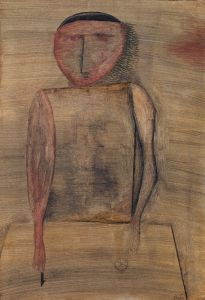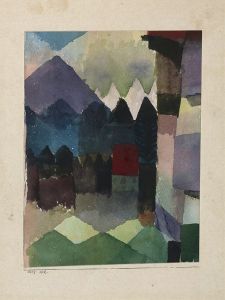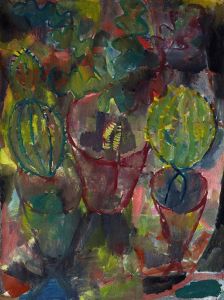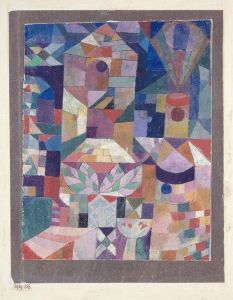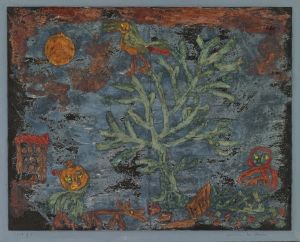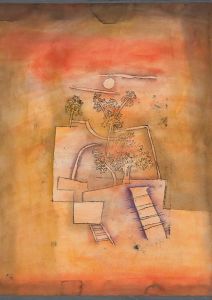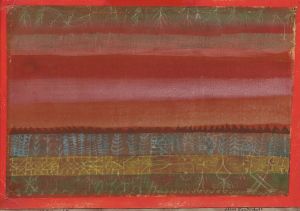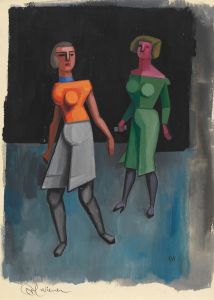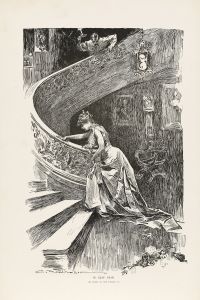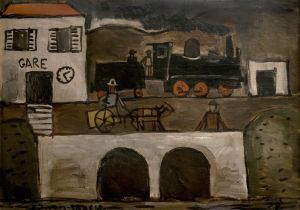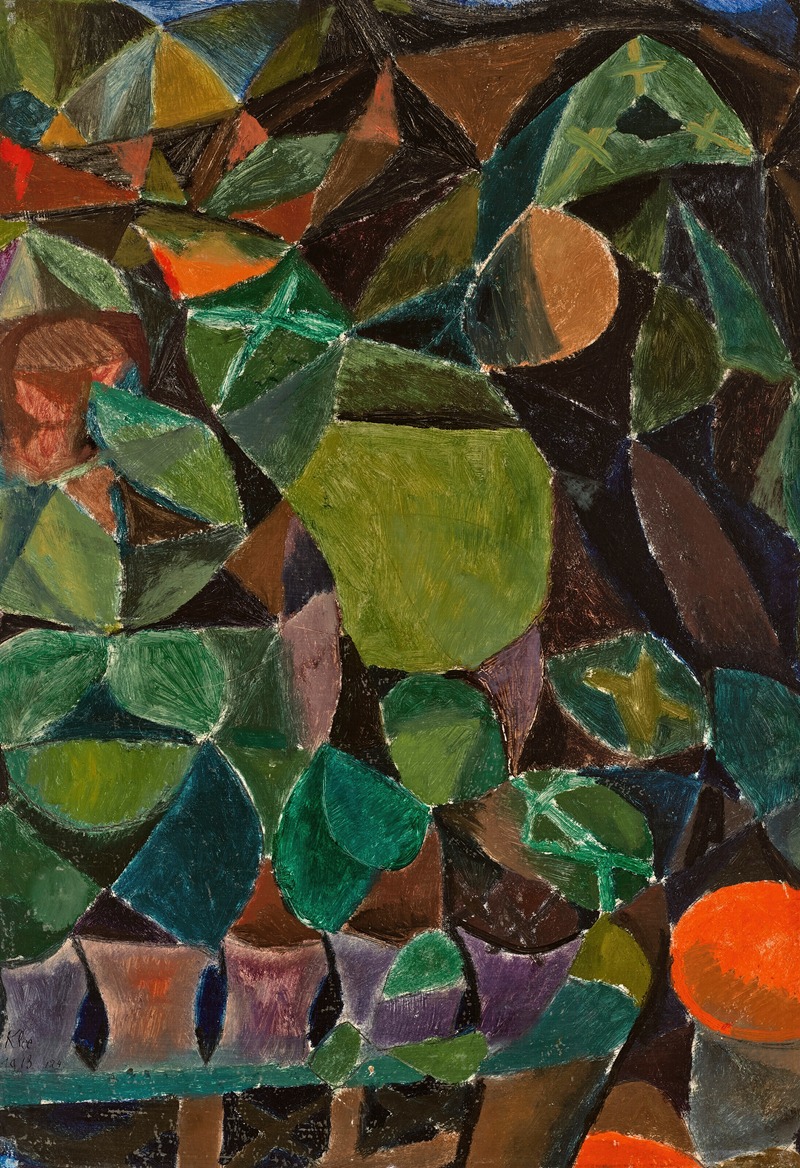
Blumensteg
A hand-painted replica of Paul Klee’s masterpiece Blumensteg, meticulously crafted by professional artists to capture the true essence of the original. Each piece is created with museum-quality canvas and rare mineral pigments, carefully painted by experienced artists with delicate brushstrokes and rich, layered colors to perfectly recreate the texture of the original artwork. Unlike machine-printed reproductions, this hand-painted version brings the painting to life, infused with the artist’s emotions and skill in every stroke. Whether for personal collection or home decoration, it instantly elevates the artistic atmosphere of any space.
Paul Klee's painting Blumensteg (translated as "Flower Bridge") is a notable work by the Swiss-born artist, created in 1920. Klee, a key figure in the development of modern art, was associated with movements such as Expressionism, Cubism, and Surrealism. His works often combined abstraction with a playful use of color, line, and form, reflecting his deep interest in music, nature, and the subconscious.
Blumensteg exemplifies Klee's unique artistic style, which often defied traditional categorizations. The painting features a dreamlike composition with vibrant colors and geometric shapes, evoking a sense of whimsy and imagination. The title, "Flower Bridge," suggests a connection between natural and constructed elements, a recurring theme in Klee's work. The painting reflects his fascination with the interplay between the organic and the abstract, as well as his ability to create a sense of harmony and balance within his compositions.
In 1920, the year Blumensteg was created, Klee was teaching at the Bauhaus, the influential German art school that emphasized the integration of art, craft, and design. His time at the Bauhaus had a significant impact on his artistic approach, as he explored new techniques and materials while continuing to develop his distinctive visual language. This period marked a prolific phase in Klee's career, during which he produced numerous works that showcased his innovative use of color theory and compositional structure.
The painting is executed in Klee's signature technique, which often involved layering watercolor or oil paint on paper or canvas to achieve a luminous, textured effect. His use of color in Blumensteg demonstrates his mastery of tonal contrasts and his ability to evoke emotion through subtle shifts in hue and saturation. The geometric forms in the composition are characteristic of Klee's work, reflecting his interest in the underlying structures of nature and the built environment.
Today, Blumensteg is housed in the Kunstmuseum Basel in Switzerland, which holds one of the most extensive collections of Klee's works. The painting is considered an important example of Klee's artistic vision and his contribution to modern art. It continues to be studied and admired for its innovative approach to form and color, as well as its ability to inspire a sense of wonder and curiosity in viewers.





